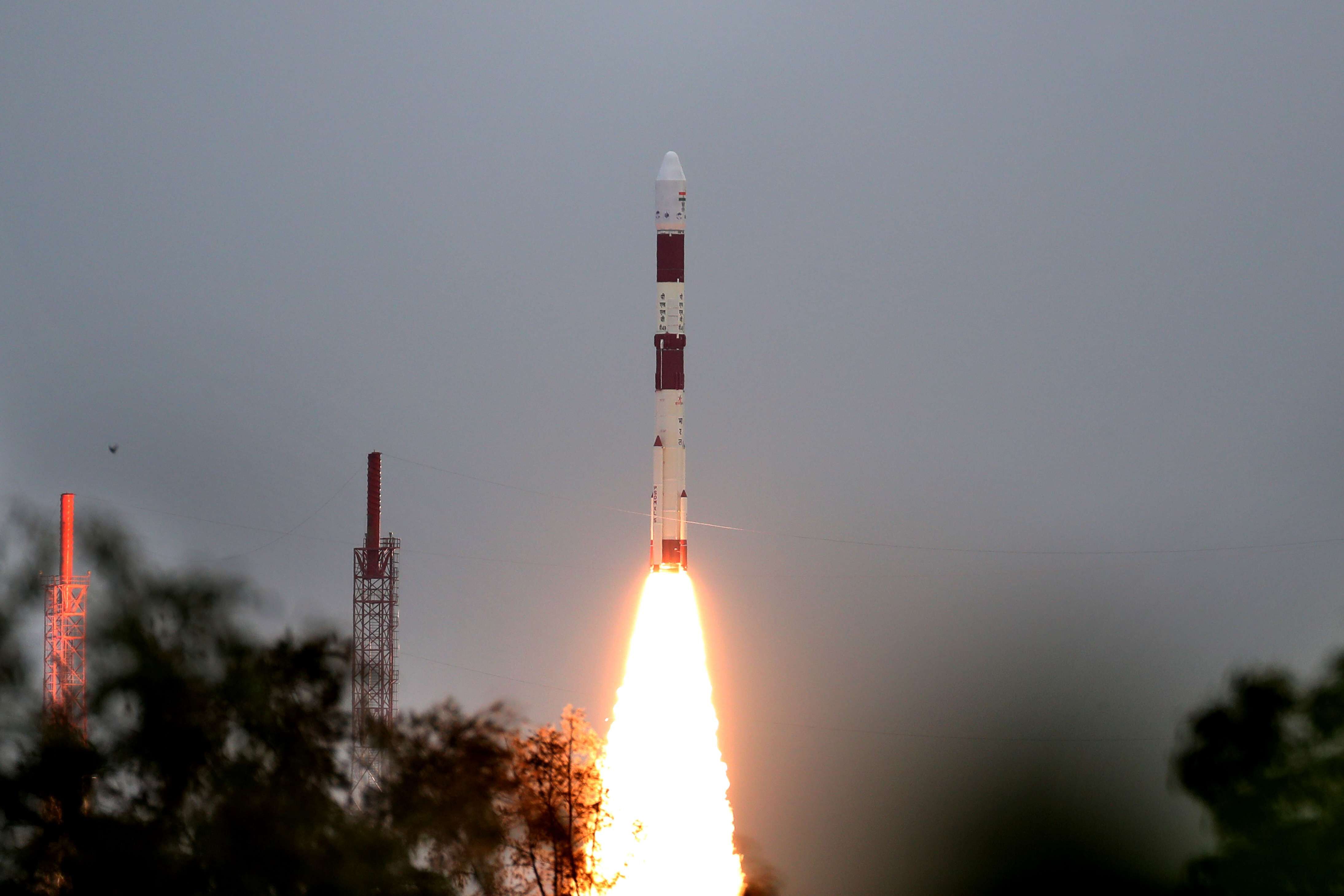Starting afresh

After a hiatus of around two years, the Indian Space Research Organisation (ISRO) is looking forward to a busy year in 2022. Of the mere four missions that ISRO attempted between 2020 and 2021, three succeeded and one failed. A halt had come just when the Indian space agency appeared to be heading towards a transformational journey in the space sector in years preceding the pandemic. Now with the situation returning to normalcy, the year 2022 is being seen as a crucial juncture for the Indian space sector. ISRO launched its first successful space mission in 2022 with Polar Satellite Launch Vehicle (PSLV) C-52. This launch is also seen as a recovery in a sense after the unfortunate failure of GSLV F10 mission in August last year. The launch of PSLV C-52 is surrounded by an energetic aura for several reasons. Firstly, the suppressed enthusiasm of Indian space scientists is desperately looking for an outlet. The second is the fresh leadership of S Somnath under whose chairmanship the ISRO is set to operate over the coming three years. Somnath, a space engineer with proven credentials, was designated to head the leading space research agency in January this year. He is of the belief that India's space venture has the potential to accelerate faster at this point than ever in its history until now. Third, of course, is the government's focus on the space sector. It appears to be banking big on this sector as a part of its achievements. The PSLV C-52 spacecraft was carrying three satellites — Earth Observation Satellite (EOS)-04, INS-2TD and INSPIREsat-1. The EOS-4 is the fourth of the newly named series. A wide range of satellites that were named differently earlier were clubbed in the EOS series a couple of years ago. EOS-4 has a mission life of 10 years and is designed to capture and deliver better quality images pertaining to agriculture, forestry, plantation, soil moisture and hydrology. The satellite INS-2TD is a kind of prelude to the broader mission of launching INS 2-B with Bhutan. The INS-2B — slated to be launched next month — is a joint-satellite exercise between India and Bhutan. The assessment domain of INS-2TD is capturing the images of land and water surface temperatures, delineation of crops and forest and thermal inertia. The third satellite — INSPIREsat-1 — is an outcome of collaborative efforts by the students of Indian Institute of Space Science and Technology, Thiruvananthapuram, and the University of Colorado, the US — with inputs also coming from the students of Nanyang Technological University, Singapore, and National Central University, Taiwan. The satellite is designed to study the effects of the sun's heating and the ionosphere. It is a fortunate thing that all the three satellites are safely placed in their orbits. Undoubtedly, these will not only give India a greater global standing in the space arena but also improve the lives of the people at the grassroots level. The leaps made by the ISRO over the past few decades have been, in fact, transforming the lives of people in multiple ways — without getting much acknowledgement. It may be pertinent here to remind that India was set to launch its uncrewed Gaganyaan Mission — an ambitious space program that seeks to lay the foundation of human space mission in India — in 2020 itself. It has been postponed twice since then. Apart from Gaganyaan, Aditya-L1 — India's first solar mission — and Chandrayaan-3 are other flagship space programs that are waiting in the wings to be launched in 2022 after a prolonged postponement. In fact, a total of 19 space missions are expected to be launched this year, making it one of the most happening years since the inception of ISRO in 1969. Over the past 53 years, the space research agency has progressed at a decent pace consistently to become a formidable force in the space arena. S Somnath is of firm belief that India could launch the equal number of spacecrafts it has launched over the past 50 years in the coming quarter of a century. It is hoped that any further strain of the virus doesn't affect the proceedings and plans of the ISRO in a major way. Indian space scientists are hungry to leave their mark on the global landscape in the space sector. India awaits more celebratory moments in the ongoing year. We have reached a great distance with our small and steady strides. Much more is to be covered.



